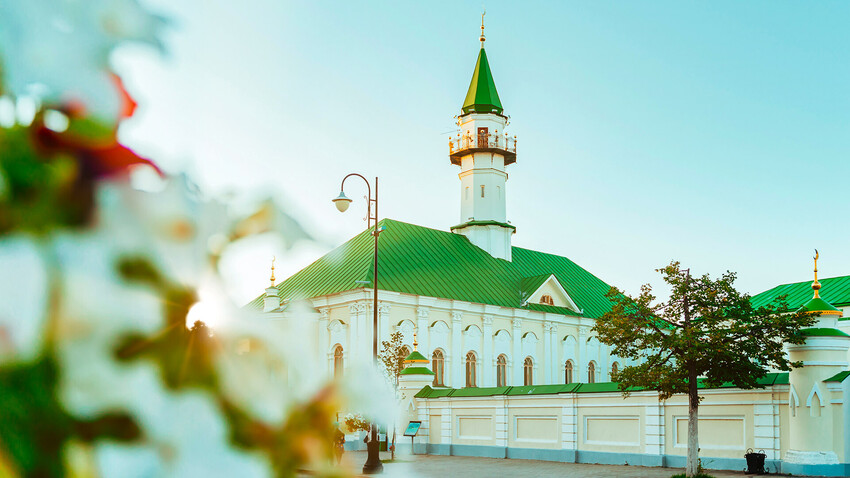
Märcani Mosque, Kazan
Aleksei Savin/Getty Images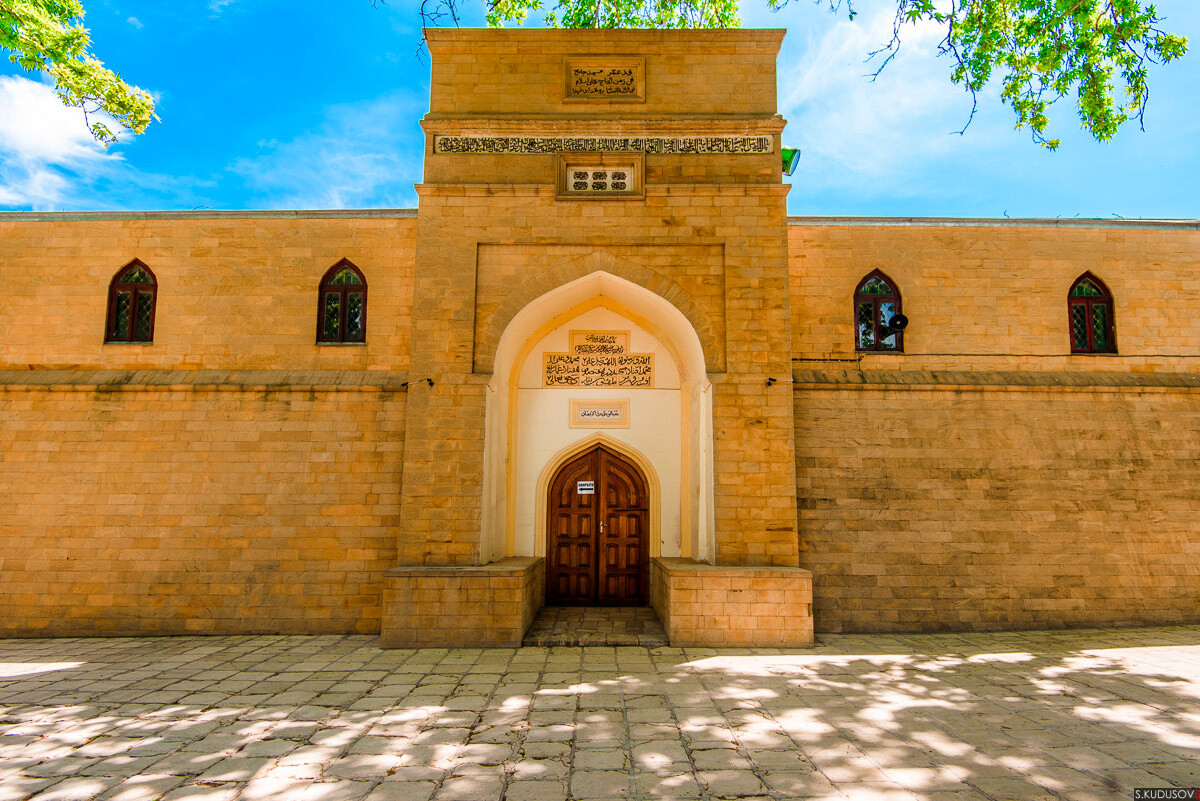
Juma Mosque in Derbent
Sulim Kudusov (CC BY-SA)The oldest mosque on the territory of Russia is the Juma Mosque in Derbent (capital of Dagestan), which was built back in 733-734. At that time, it was the largest building in the city. However, the current mosque, with a 2,100 sq. meter prayer hall, was built in 1368. A madrasa (religious school) was built on the opposite side of the mosque in the 15th century. Both buildings are perfectly preserved for their age.
In 1938-1943, the mosque was rebuilt for the needs of the city prison, but, in 1943, it was returned to the local Muslims. In Soviet times, it was the largest mosque of the North Caucasus. Now, the mosque has the status of a UNESCO World Heritage Site and four ancient plane trees growing in its yard are recognized as wildlife monuments of all-Russian importance.
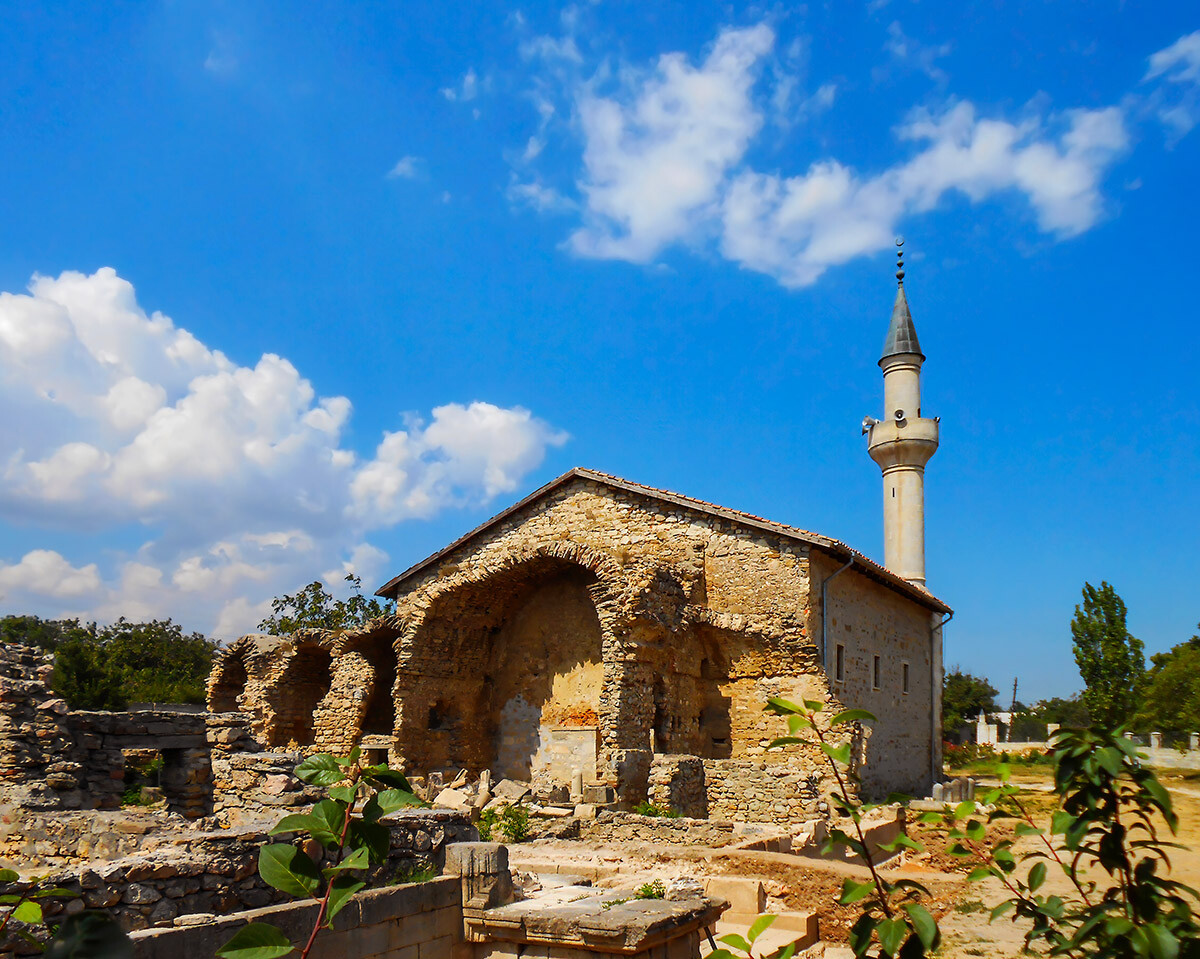
Ozbek Han Mosque, Stary Krym
V1snyk (CC BY-SA)The city of Solkhat or Kyrym (now Staryi Krym) was the capital of the local yurt – an administrative unit of the Golden Horde – in the 13th – 14th centuries and it was from it that the whole peninsula eventually got its name. It was a large trading city, where people of various nationalities lived.
In 1314, under Khan Uzbek of the Golden Horde, who made Islam the official state religion of the Horde, the first mosque was built there. The preserved building dates back to the beginning of the 15th century, which, in any case, makes it the second oldest preserved mosque in Russia. The preserved remains of an authentic madrasa, built in the 1320s, can be found behind the mosque.
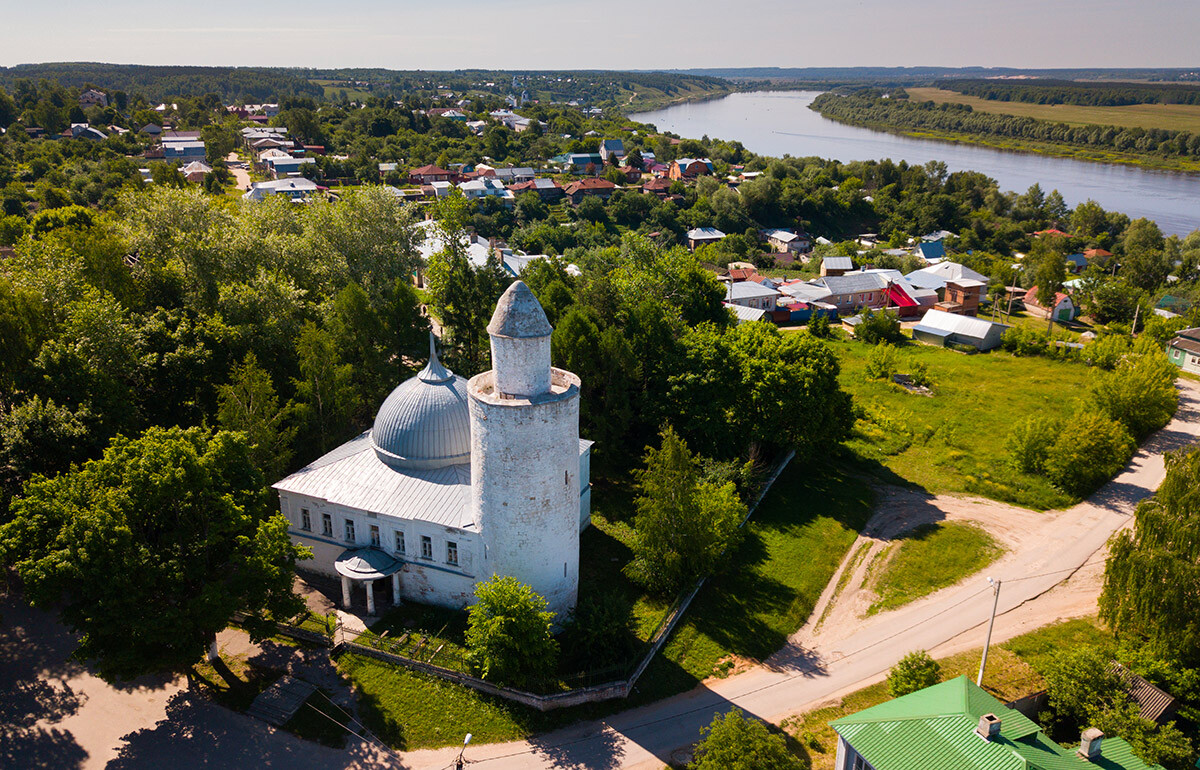
Khan's Mosque in Kasimov
JackF/Getty ImagesThe exact time of construction of the mosque in Kasimov (Ryazan Region) is unknown; it is either the 15th or 16th century, but its minaret definitely dates back to the 16th century. Kasimov was the capital of the Qasim Khanate, the last fragment of the once Great Horde in Russia. The Khanate ceased to exist with the death of the last ruler in 1681. The original mosque was destroyed around 1702, when the policy of christianization of Tatars was carried out. According to legend, the building was demolished by order of Tsar Peter, who, while sailing along the Volga River, mistook the mosque for a church and crossed himself, looking at it. When tsar understood his mistake, in superstitious anger, he ordered the mosque to be demolished. However, the minaret was kept intact.
Only in 1768 did Catherine the Great, who proclaimed religious tolerance in Russia, by a special personal decree allow the mosque in Kasimov to be restored. Although, since 1939, its premises housed a museum of local lore, the mosque building and the minaret remained intact. And, in 2013, they were returned to Kasimov Muslims.
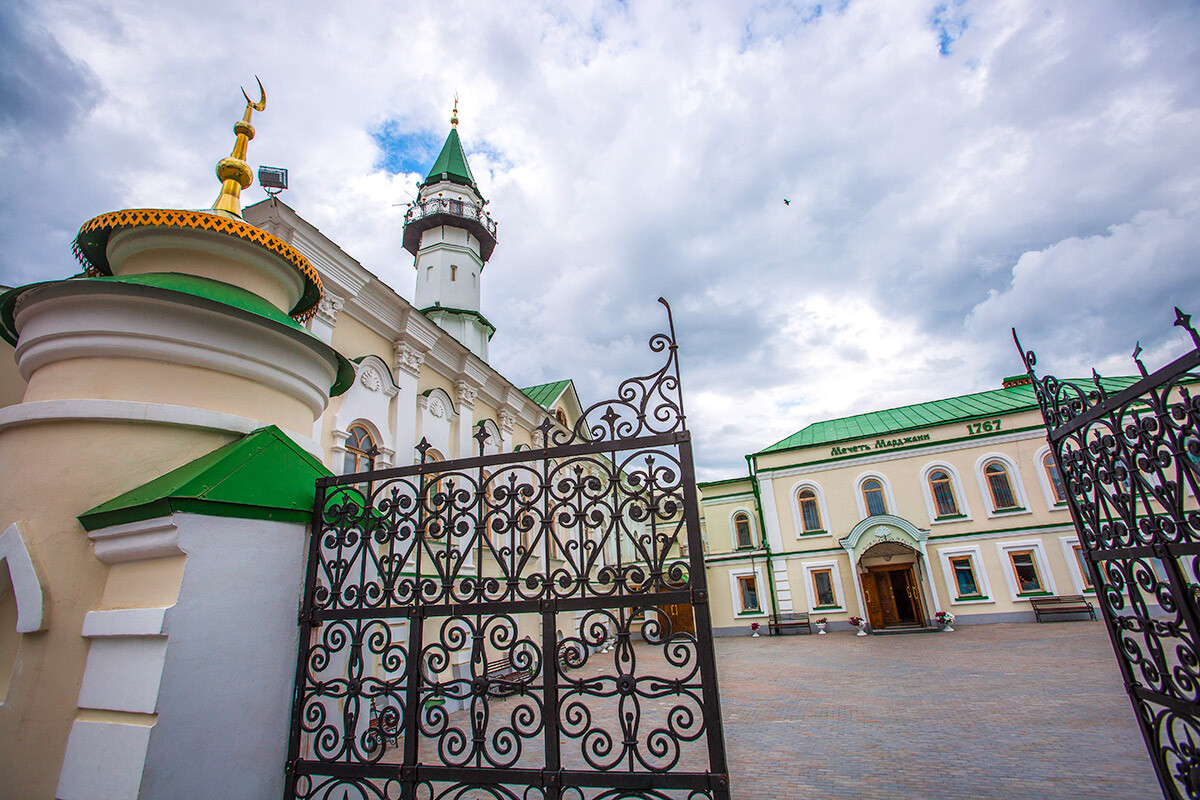
Märcani Mosque, Kazan
Egor Aleev/TASSWhen Empress Catherine II arrived in Kazan in 1767 during her journey along the Volga River, the Muslims of the city presented her with rich gifts and received permission to build a mosque. The construction took three years – it was the first stone mosque built in Kazan since its conquest by Ivan the Terrible. It was built in the traditions of Tatar medieval architecture – with a minaret on the roof. In Soviet times, Märcani was the only functioning mosque in Kazan.
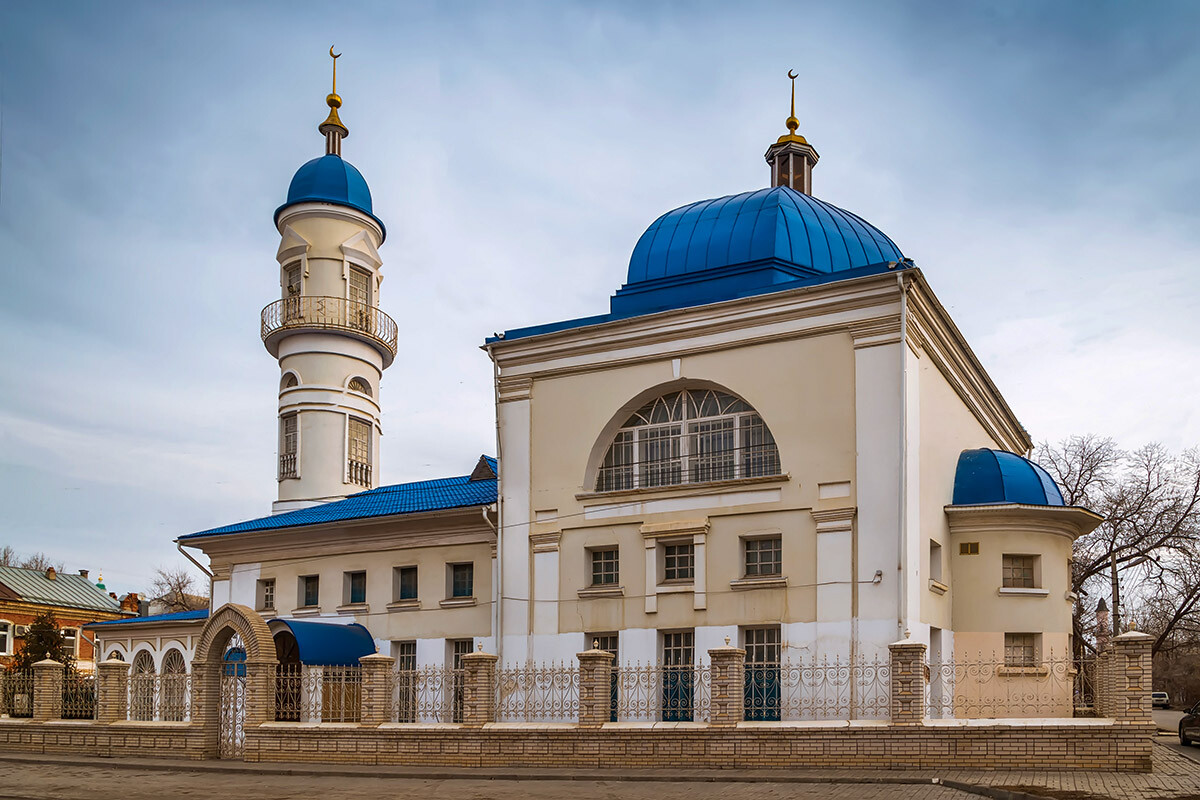
White Mosque, Astrakhan
Borisb17/Getty ImagesIt was built in 1810 on the place of the former wooden mosque, which was first mentioned in 1777. The construction was financed by David Izmailov, a Tatar merchant of the 1st guild. The mosque operated until 1930, when it was closed. During the Soviet period, the building became a kindergarten, a sewing shop, a bakery, a plywood factory and was rebuilt numerous times.
Only in 1990 was the mosque recognized as a monument and, in 1992, it was returned to the believers. By that time, the minaret was lost, the windows had been removed and the building was divided into three floors. The mosque was restored to its historical appearance in 2008 with donations from Kazan’s Muslim citizens.
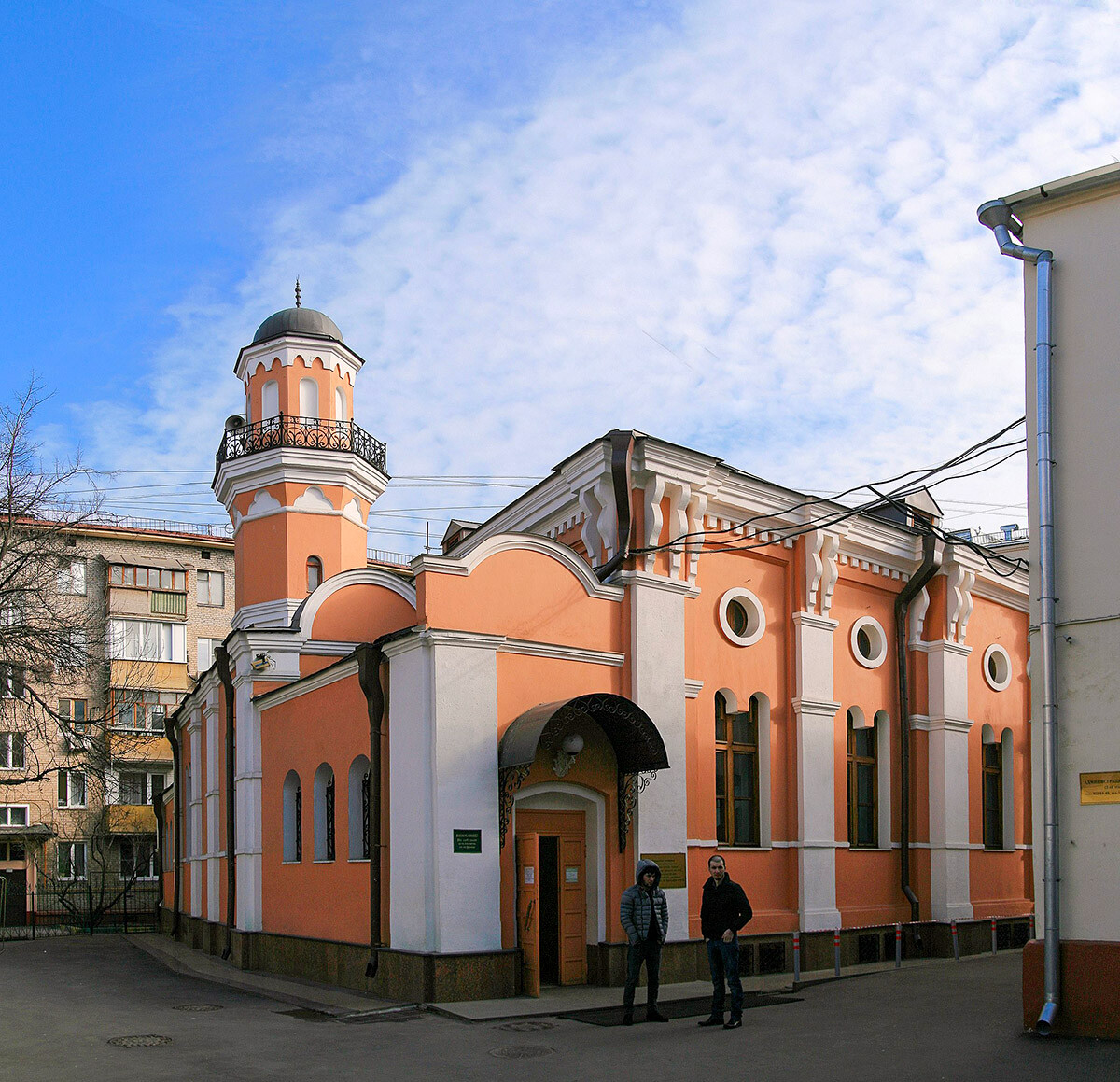
Old Mosque in Moscow
Ludvig14 (CC BY-SA)When, in 1823, the governor of Moscow Dmitry Golitsyn gave permission to rebuild this historic mosque in Moscow (first mentioned in 1712), he ordered to build a building without external signs of a mosque, which would not differ much from the neighboring houses. Only under Alexander III was the mosque rebuilt in its present form, giving it a minaret and a dome. It also became larger – it could accommodate up to 1,500 worshipers. It was the main Russian mosque until 1904, when the Moscow Cathedral Mosque was built.
Imam of the Old Mosque Abdulla Shamsutdinov was executed in 1936 and, in 1939, the mosque was abolished, transferring the building to civil institutions. In 1967, the minaret was also demolished. However, it was restored in 1992-1993, when the mosque was renovated at the expense of the Embassy of the Kingdom of Saudi Arabia and reopened to believers.
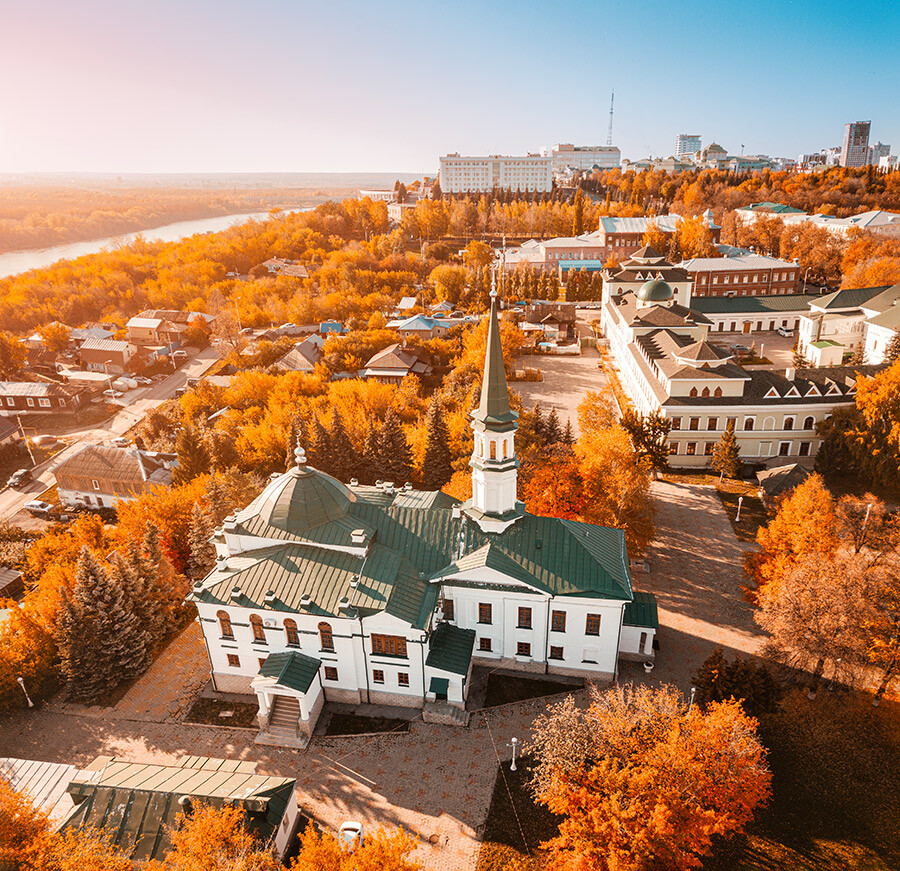
Old Mosque in Ufa
frantic00/Getty ImagesThe first cathedral mosque in Ufa was built in 1830. It is one of the oldest functioning mosques in Russia, which operated even under Soviet rule. In 1960-1992, it was the only functioning mosque in Ufa and the Tatar national gymnasium (on the basis of the former madrasa) was housed in it.
If using any of Russia Beyond's content, partly or in full, always provide an active hyperlink to the original material.
Subscribe
to our newsletter!
Get the week's best stories straight to your inbox